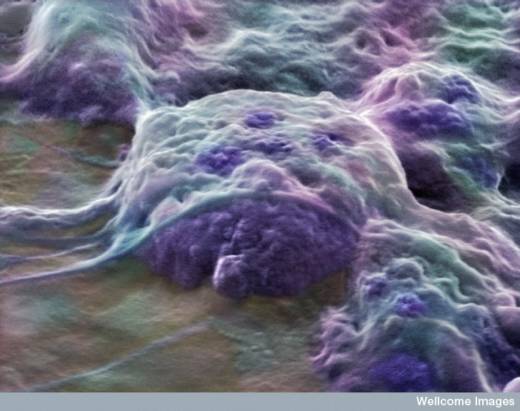Injecting neurons created from stem cells into the brain may relieve Parkinson’s symptoms, according to a new study in monkeys.
Why it matters:
Parkinson’s disease can happen when some of a person’s dopamine-producing brain cells die, so replacing those neurons could be an effective treatment. Administering dopamine is part of currently accepted treatment, but over time the treatment has less effect as neurons die off and the side effects become difficult to manage. So scientists have begun studying approaches using stem cells, primarily in rodents. A clinical trial is also underway at the Royal Melbourne Hospital to inject neural stem cells into the brains of people with Parkinson’s as part of a Phase I clinical trial. Results are expected in 2019, and preliminary results were presented at the American Academy of Neurology meeting this year.
The nitty-gritty:
Researchers collected skin or blood cells from seven humans, some who had Parkinson’s disease and some who did not. (The people with Parkinson’s did not have any of the genes thought to be associated with the disease.) Next, using sets of proteins, they “reprogrammed” some of those cells and encouraged them to grow up as neurons — specifically, neurons that could produce dopamine. Finally, they injected the stem cells into the brains of monkeys that were treated with a neurotoxin, which made them act like they had the condition.
Researchers found that the symptoms of the monkeys treated with stem cells from either group improved more over the course of a year than monkeys treated with a placebo injection. To determine if the monkey’s symptoms had improved, the team evaluated their tremors, movements, and posture, among other things. The team published its results in Nature on Wednesday.
